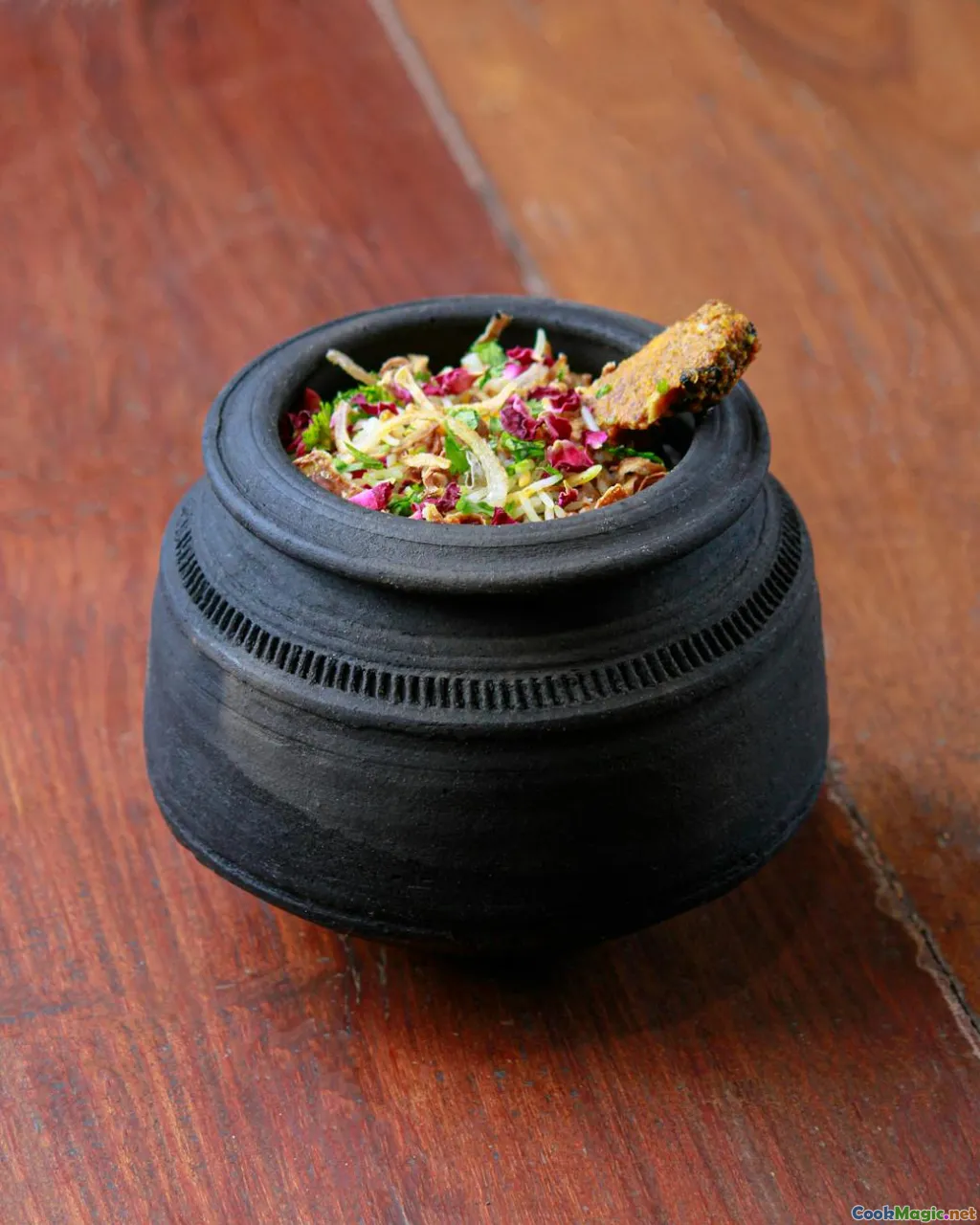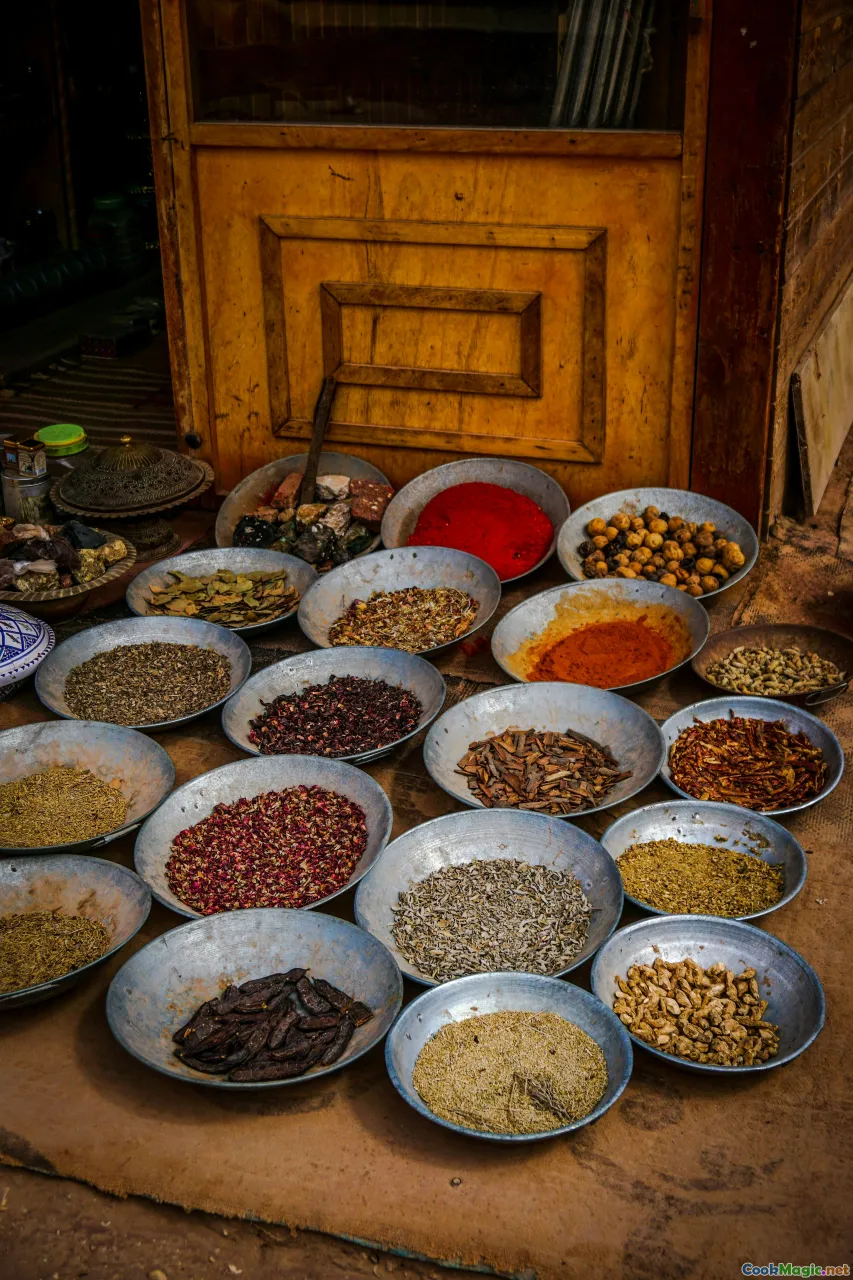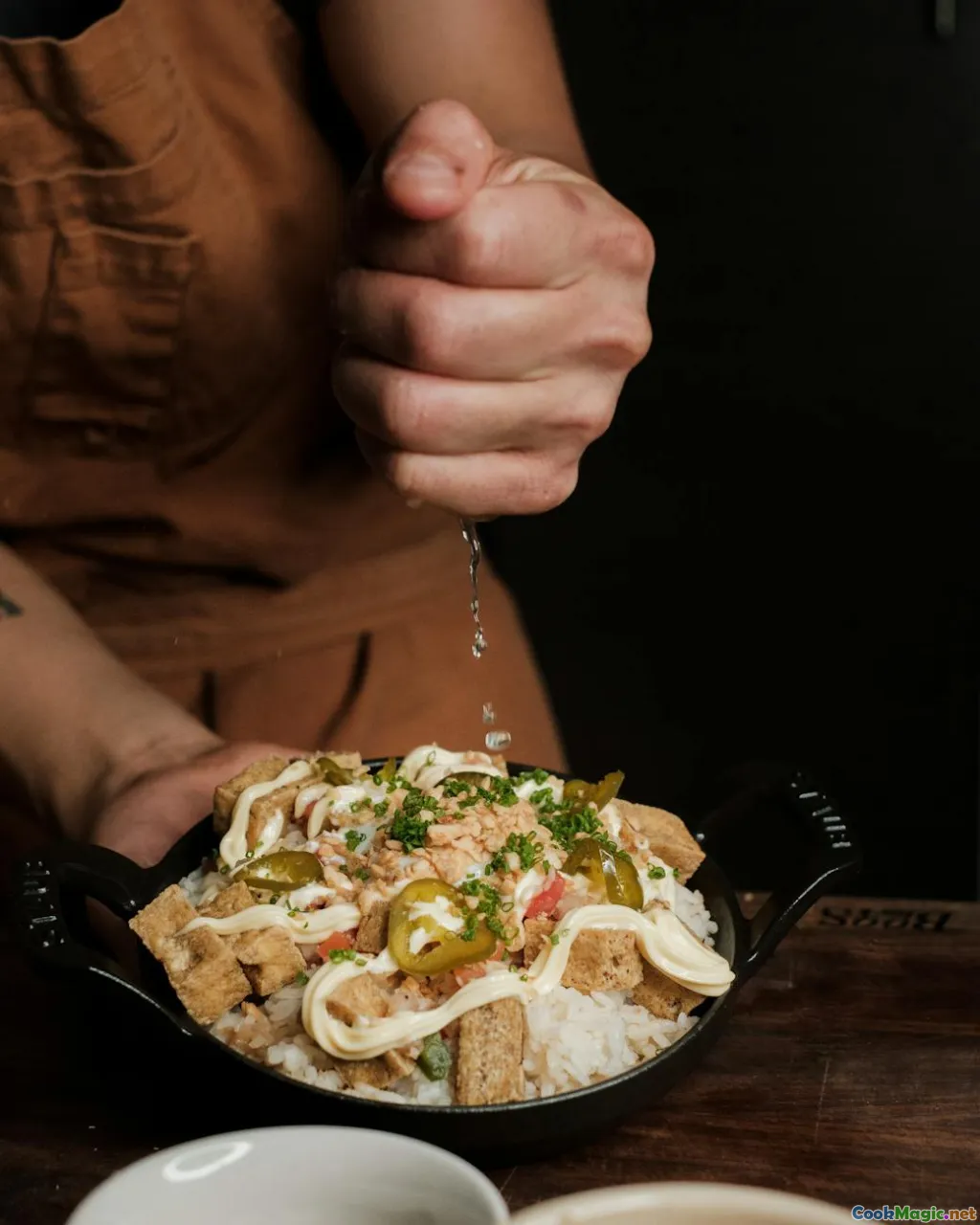Unveiling the Secrets of Biryani
10 min read Explore the rich traditions, flavorful spices, and cooking secrets behind authentic Pakistani Biryani. July 30, 2025 12:05
Unveiling the Secrets of Biryani
Few dishes evoke the soul of Pakistani culinary tradition quite like biryani. A vibrant mosaic of aromatic spices, tender meat, and perfectly fragrant rice, biryani is more than just a meal—it's a celebration of history, culture, and communal joy. Its irresistible aroma, layered flavors, and colorful presentation tell stories beyond the plate, weaving centuries of Mughal influence and regional innovation into every bite.
In this exploration, we delve into the rich tapestry of biryani: its origins, regional varieties, secret techniques, and tips for recreating the magic at home. Whether you're a seasoned culinary enthusiast or a curious newcomer, prepare to be enveloped in the fragrant, spicy world of Pakistani biryani.
The Historical Roots and Cultural Significance of Biryani

The story of biryani begins in the Mughal kitchens of India and Pakistan, where Persian influences melded with local culinary traditions during centuries of empire-building. The word 'biryani' itself is derived from the Persian word 'birian', meaning 'fried before cooking', which hints at its cooking technique—layered, partially cooked rice and meat blended through a slow, layered process.
In the Sindh and Punjab regions of Pakistan, biryani transcends mere sustenance to become a cornerstone of celebration—the centerpiece of weddings, Ramadan feasts, and festive gatherings. It symbolizes communal bonding, shared heritage, and the enduring nature of culinary artistry.
From the bustling street corners of Karachi to the regal halls of Lahore, biryani carries with it a sense of identity—a delicious, tangible link to ancestors and shared traditions.
Regional Varieties of Pakistani Biryani

Pakistani biryani is as diverse as the landscapes and cultures across the country. Each region boasts its distinctive style, ingredients, and preparation techniques.
Karachi Biryani
Karachi's iconic Biryani is a melting pot of flavors, heavily influenced by the city’s cosmopolitan history. Known for its spicy, slightly tangy taste, it often includes a robust mix of potatoes, smoky charcoal grilled meats, and a tangy yogurt-based marinade. The signature 'Biryani Karachi Style' is characterized by its fiery red hue from chili and turmeric, and fragrant hints of saffron.
Lahore Biryani
Lahore, the heartbeat of Punjab, offers a more aromatic and subtly spiced version, often with a dash of mint and coriander for freshness. It features tender, slow-cooked chicken or mutton, layered with saffron-infused rice, and served with a side of 'Raita' and chilled lemon slices.
Sindhi Biryani
Famed for its intense spiciness and tangy flavor, Sindhi Biryani is a fiery masterpiece featuring a blend of pomegranate seeds, green chilies, and a dash of vinegar. It often incorporates potatoes, and the rice may be colored with a touch of beetroot or carrot juice for a vibrant finish.
Thal Biryani
Originating from the desert plains of South Punjab, Thal Biryani is famed for its smoky flavor, achieved through a unique ‘dafa’ style of cooking—cooking in sealed earthen pots over wood fires—imparting a distinctive aroma.
This diversity highlights how local ingredients, climate, and cultural influences shape each version, making Pakistani biryani a national mosaic of flavors.
The Secret Techniques Behind Perfect Biryani

Mastering biryani lies in understanding its core techniques—a meticulous process that balances spice, texture, and aroma.
The Marination
The foundation begins with marinating your meat—whether chicken, mutton, or fish—for at least 2-3 hours, but ideally overnight. Use yogurt to tenderize, alongside whole spices like cumin, coriander, green chilies, garlic, and ginger. This depth of marination ensures every morsel is flavorful and juicy.
Partially Cooking the Rice
The rice—preferably aged Basmati—is parboiled with whole spices, bay leaves, and a touch of salt until it’s 70% cooked. Overcooking can turn it mushy; undercooking leaves it unready for layering.
Layering and Dum Cooking
The magic happens in the layering: start with a bed of meat, add a layer of rice, sprinkle fried onions, fresh mint, coriander, saffron-infused milk, and ghee for richness. Cover tightly—traditionally with a damp cloth or heavy lid—and cook on a low flame ('Dum') for 30-40 minutes.
This slow steam allows flavors to meld, rice to absorb aromas, and meat to become fall-apart tender.
The Final Touch
A touch of extra ghee, crispy caramelized onions, and a quick sprinkle of fresh herbs elevate the final dish, making each bite a harmonious dance of spice, sweetness, and umami.
Tips for Recreating Authentic Biryani at Home

While professional kitchens have specialized equipment and experience, you can bring the essence of Pakistani biryani into your own kitchen with a few strategic tips:
- Invest in Quality Ingredients: Use aged Basmati rice, fresh herbs, and authentic spices—especially saffron, cardamom, and cinnamon.
- Marinate Thoroughly: Do not rush the marination. Prepare the night before for a depth of flavor.
- Use the Right Cookware: Heavy-bottomed pots or Dutch ovens distribute heat evenly, preventing burning.
- Layer and Protect: Seal tightly during Dum cooking to trap the steam—use a clean, damp cloth over the lid and cook on the lowest heat setting.
- Control the Heat: Start with medium-high to bring to a simmer, then turn down to the lowest setting for slow cooking.
- Rest Before Serving: Allow biryani to rest for 10 minutes after cooking, which helps flavors settle.
- Garnish and Serve with Accompaniments: Provide cooling raita, fresh salad, and lime wedges.
Personal Insight
Having traveled across Pakistan—from the lively streets of Karachi to the royal kitchens of Lahore—I’ve learned that patience and attention to detail are what transform an ordinary rice dish into an extraordinary biryani. Each region imparts its touch, so don't be afraid to experiment with flavors and techniques to find your signature version.
Celebrating Biryani: Beyond the Plate

Biryani is more than food; it's an experience woven into social, religious, and family rituals. Preparing and sharing a bounty of biryani deepens bonds and carries forward generations' stories.
From the communal kitchens in rural Sindh to sprawling wedding buffets, the aroma of biryani acts as a unifying scent, inviting loved ones to sit together, break bread, and create memories.
In recent years, chefs and street vendors have innovated, infusing biryani with new ingredients—mushroom varieties, seafood, even vegan options—yet the soul of traditional Pakistani biryani remains a symbol of culinary pride and national identity.
Taking a journey through the depths of biryani unveiling its secrets reveals how this dish is a mirror reflecting history, culture, and the art of patience and passion. Whether cooked on an open flame or a modern stovetop, with each layer and every grain, Pakistani biryani tells a story—rich, spicy, fragrant, and utterly unforgettable.
So next time you savor a spoonful or smell that enticing aroma wafting through the air, remember—you’re tasting centuries of tradition and countless stories packed into each fluffy, flavorful bite.
Happy cooking, and may your biryani always be flavorful, fragrant, and full of love.









